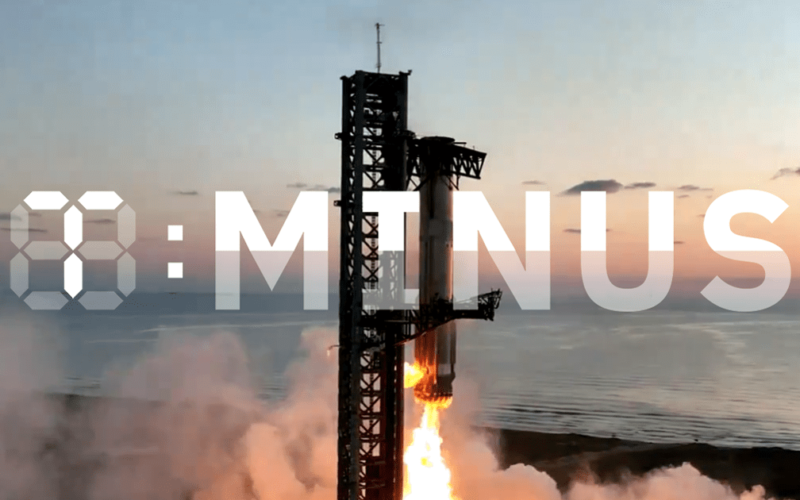This is T-Minus, where we count down the biggest developments in space, from new rocket launches to discoveries that advance our understanding of the universe and our place in it. Humanity is reaching new heights in space exploration. Make sure you’re part of the journey by subscribing here.
SpaceX just did the seemingly impossible.
Seven minutes after lifting off to deploy a Starship into orbit, the company’s Super Heavy booster was back where it started, hovering vertically over its launchpad in Texas. Mechanical arms on a specially built launch tower, dubbed “Mechazilla,” then closed around the 233-foot-tall rocket, catching it in mid-air so that it could be refurbished and flown again.
The kicker? This was the first time SpaceX — or anyone else — had attempted this kind of rocket recovery, and its success astonished even the company’s own employees.
“This is absolutely insane!” said Kate Tice, SpaceX manager of Quality Systems Engineering, during a livestream of the event. “On the first-ever attempt, we have successfully caught the Super Heavy booster back at the launch tower…This is a day for the engineering history books.”
The final phases of the Falcon Heavy booster recovery.
Since its founding 22 years ago, SpaceX has proven time and again that a private aerospace company can not only match the accomplishments of government-funded space agencies, but in many cases, do more than they can, faster, and at a lower cost.
In honor of SpaceX’s remarkable Super Heavy snag, this month’s T-Minus is taking a look back at 10 major milestones in the commercial space industry — including several other SpaceX triumphs.
The launch of Pegasus (1990)
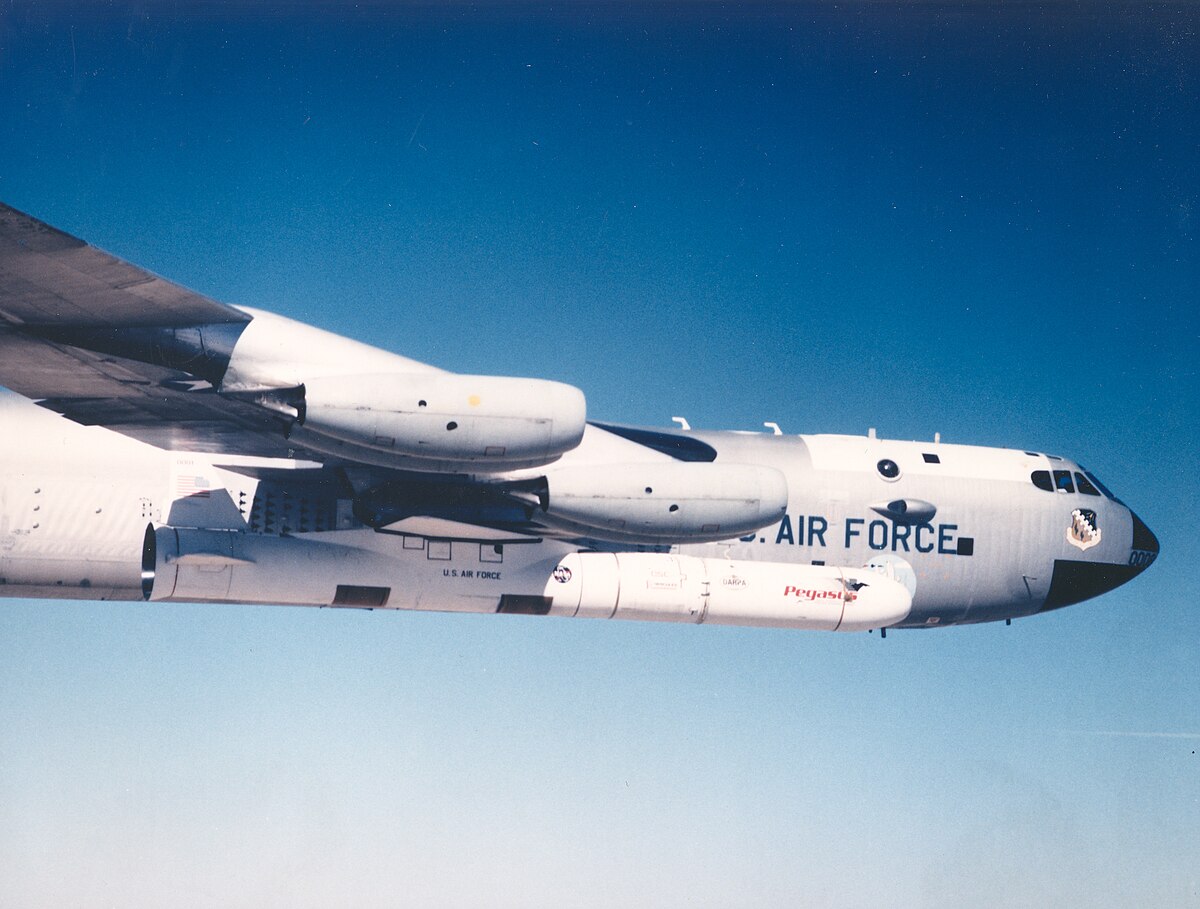
A Pegasus rocket attached to the belly of a carrier aircraft.
NASA and other space agencies regularly worked with private companies throughout the early decades of the space era, but Northrop Grumman and Orbital Sciences Corporation proved with the successful maiden launch of Pegasus on April 5, 1990, that private companies could develop and build rockets all on their own.
Pegasus was a solid-fuel, air-launched rocket. Once released from a carrier aircraft at an altitude of about 40,000 feet, it would ignite its stages one by one until it reached orbit. The final Pegasus flight took place in 1994, but a larger configuration of the rocket, Pegasus XL, was in use until 2021, deploying payloads for NASA and other customers.
SpaceShipOne’s trip to space (2004)
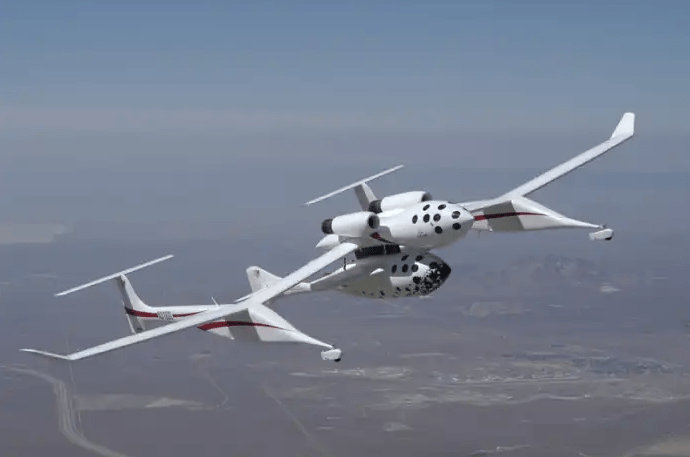
SpaceShipOne attached to the belly of its carrier aircraft, White Knight.
In 1996, the X Prize Foundation announced it would award $10 million to the first non-governmental organization that could fly a reusable crewed spacecraft into space twice in two weeks.
California-based aerospace company Scaled Composites set out to win the prize, and on June 21, 2004, pilot Mike Melvill flew its air-launched SpaceShipOne spacecraft just above the Karman line — the boundary separating Earth’s atmosphere and outer space.
This made SpaceShipOne the first private crewed spacecraft to reach space, and by the fall of 2004, Scaled Composites would fly the spacecraft twice in five days to earn the X Prize.
Falcon 1’s first orbital flight (2008)
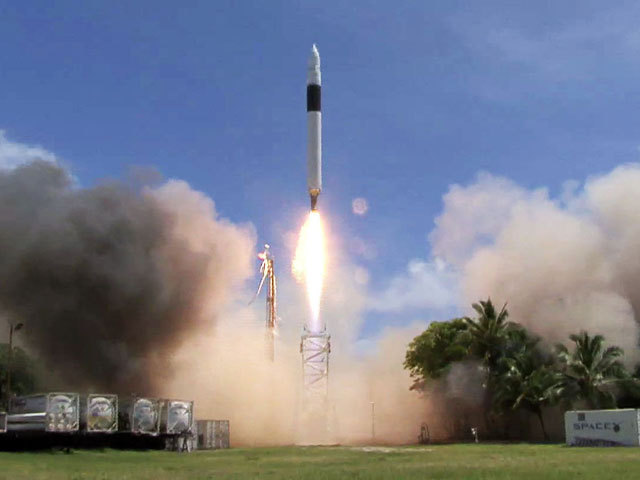
The first successful launch of a Falcon 1.
In 2002, Elon Musk used about half of the $176 million he made from the sale of PayPal to found SpaceX with the dream of building rockets that could slash the cost of spaceflight and, eventually, put people on Mars.
Six years later, the startup was on the brink of bankruptcy — it had attempted to launch its first rocket, Falcon 1, three times, and all three ended in failure.
On September 28, 2008, SpaceX tried again, and this time, Falcon 1 reached space, saving the startup and putting SpaceX in the history books as the first private company to make it to orbit with a fully liquid-fueled rocket.
SpaceX’s booster recovery (2015)
The successful launch of Falcon 1 helped SpaceX secure a $1.6 billion contract from NASA, and after flying a Falcon 1 one more time, the startup turned its attention to developing an orbital rocket with a booster that could be recovered and reused after launch — something that had never been done before, but that could dramatically lower the cost of spaceflight.
SpaceX successfully flew this rocket, the Falcon 9, for the first time in 2010, but it wouldn’t start testing its landing system until 2013. Then, on December 21, 2015, following the 20th flight of a Falcon 9, SpaceX successfully guided the booster to a vertical landing — ushering in a new era in more affordable spaceflight.
Crew Dragon’s first astronauts (2020)
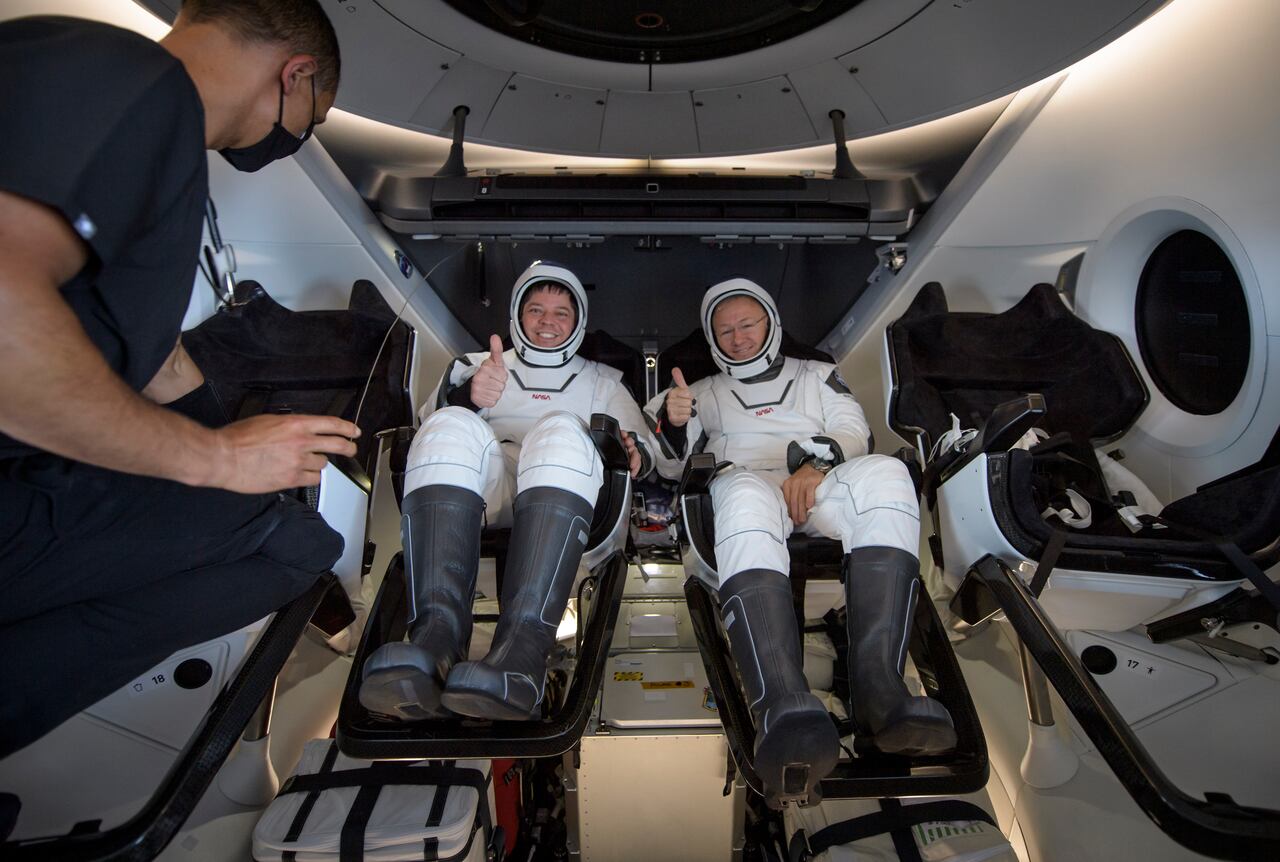
NASA astronauts Robert Behnken (left) and Douglas Hurley (right) inside SpaceX’s Crew Dragon Endeavour spacecraft shortly after returning to Earth.
Soon after the Falcon 9 started flying, SpaceX began using the rocket and its reusable Dragon 1 spacecraft to ferry cargo to and from the International Space Station (ISS) for NASA — something no private company had done before.
On May 31, 2020, SpaceX hit an even bigger milestone in commercial spaceflight when its Crew Dragon spacecraft delivered two astronauts to the ISS.
This was the first time a private company had ever carried people to the ISS, and it marked the first crewed spaceflight from US soil since the retirement of the Space Shuttle in 2011 — ending NASA’s nearly decade-long reliance on Russia for ISS transportation.
The all-private Inspiration4 crew (2021)
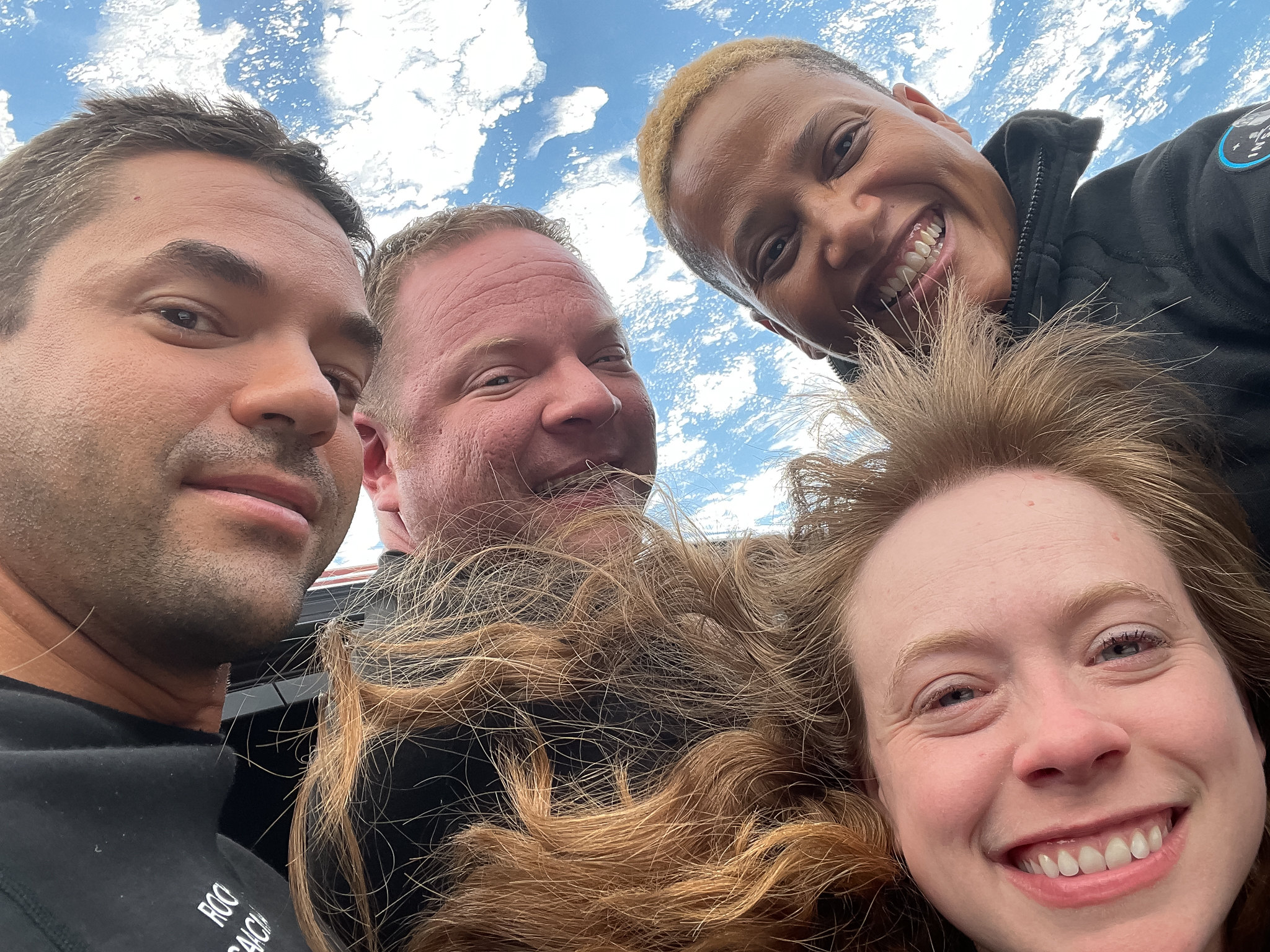
A selfie taken by the Inspiration4 crew during their time in orbit. From left: Jared Isaacman, Christopher Sembroski, Sian Proctor, and Hayley Arceneaux.
In 2001, US businessman Dennis Tito paid an estimated $20 million to hitch a ride to the ISS aboard a Russian Soyuz spacecraft along with trained cosmonauts, making him the world’s first space tourist. Over the next decade, six others would reach space in the same way.
It wasn’t until September 2021’s Inspiration4 mission, though, that we’d see a crew composed solely of private citizens travel to Earth’s orbit, where they’d spend about three days before splashing down in the Atlantic Ocean.
The crew made this journey aboard one of SpaceX’s Crew Dragon capsules, launched by a Falcon 9 rocket, making it the first entirely private orbital spaceflight.
Axiom Space’s ISS visit (2022)
Less than seven months after Inspiration4, SpaceX facilitated another first for the commercial space industry by transporting a crew of four private citizens to the ISS for Axiom Space’s Axiom Mission 1.
The trip was once again made possible by a Crew Dragon capsule and a Falcon 9 rocket, and during their 16 days aboard the ISS, the crew conducted more than two dozen research experiments in the orbiting laboratory.
“The success of this first private astronaut mission to the International Space Station is an important step in opening opportunities for space travelers and achieving NASA’s goal of enabling commercial business off the planet in low-Earth orbit,” said NASA Administrator Bill Nelson afterward.
Intuitive Machines’ moon landing (2024)

A render of a Nova-C lander on the moon.
In 1959, the Soviet space program’s Luna 2 became the first human-made object to hit the moon’s surface (don’t call it “landing,” though). In the decades that followed, more than 30 spacecraft — all built by public space agencies — would land on the moon. Nine would even have astronauts on board.
On February 22, 2024, Texas-based space startup Intuitive Machines became the first private company to soft land on the moon, successfully guiding one of its Nova-C lunar landers to the lunar surface (with a little last-minute help from an onboard experiment).
Intuitive Machines plans to return to the moon again in January 2025, this time with NASA’s water-mining PRIME-1 experiment onboard its lander. If that mission is a success, it could help NASA return people to the moon — and, eventually, put boots on Mars.
Starship’s soft landing (2024)
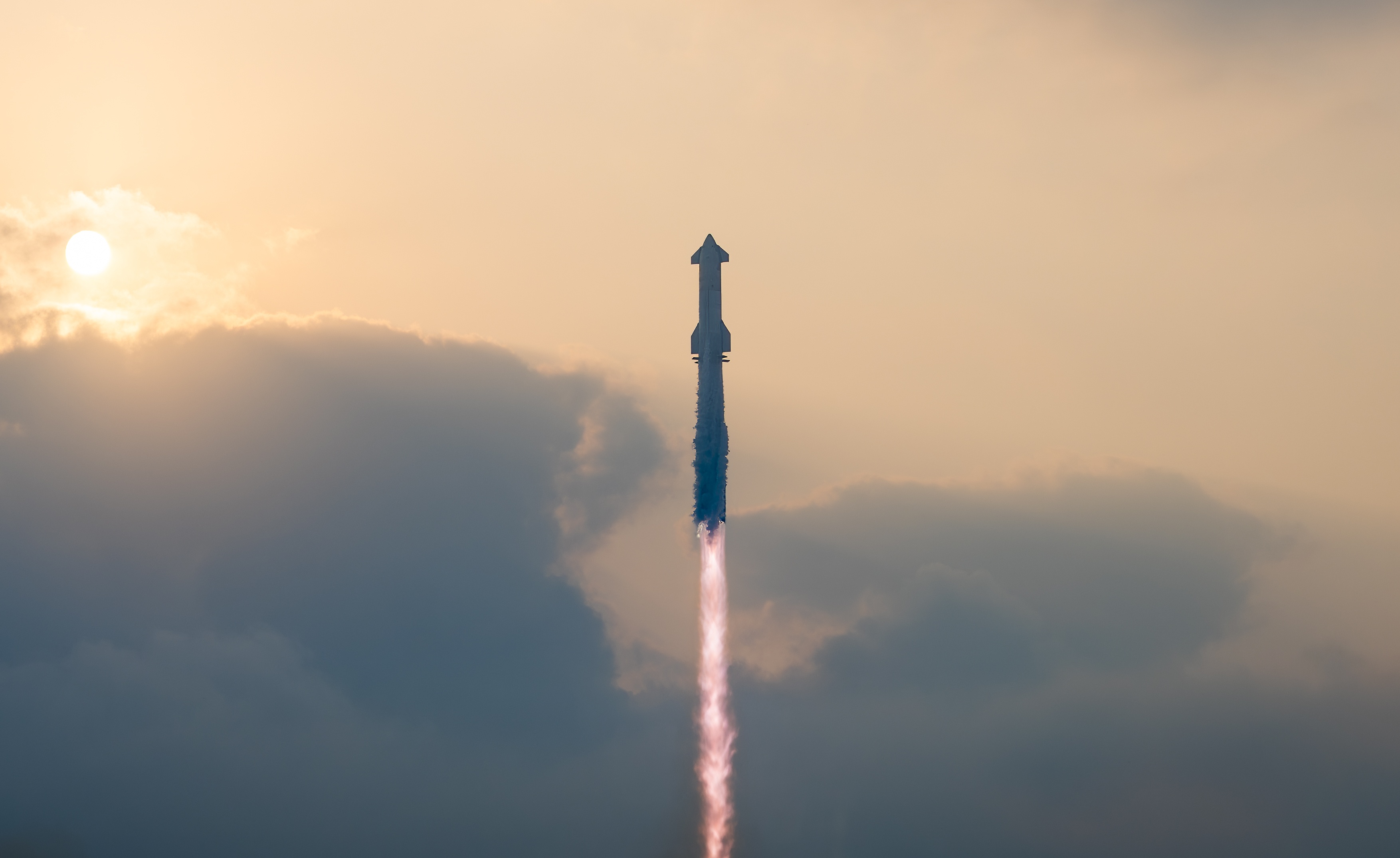
Starship during its fourth test flight.
In 2005, before SpaceX had even successfully flown Falcon 1, Musk was already talking about building the BFR, a “big f*cking rocket” that could put 100 tons of payload in low-Earth orbit and, eventually, transport cargo and people to Mars.
Several name changes later, SpaceX’s massive Starship rocket was finally ready for test flights in 2022. It took four tries, but on June 6, 2024, SpaceX managed to put Starship into orbit and then bring it back to Earth with a controlled reentry, ending with a soft landing in the Indian Ocean — putting humanity a step closer to crewed Mars missions.
The Polaris Dawn spacewalk (2024)
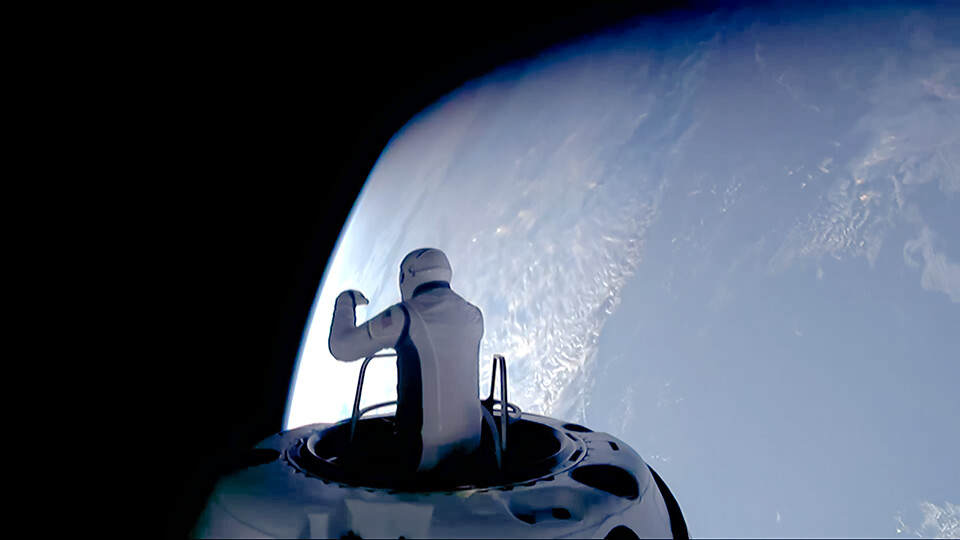
Polaris Dawn commander Jared Isaacman during world’s first commercial spacewalk.
Almost exactly three years after serving as the commander of Inspiration4, billionaire Jared Isaacman returned to space for Polaris Dawn, another SpaceX-facilitated mission with an all-civilian crew.
This time, the private astronauts donned special suits designed and developed by SpaceX so that they could exit the Dragon capsule and perform the first ever private spacewalk.
“Today’s success represents a giant leap forward for the commercial space industry and @NASA’s long-term goal to build a vibrant U.S. space economy,” tweeted NASA Administrator Bill Nelson.
We’d love to hear from you! If you have a comment about this article or if you have a tip for a future Freethink story, please email us at [email protected].
Source link
lol

